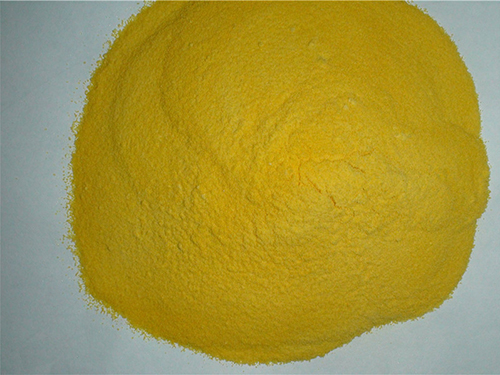different types of flocculants
Different Types of Flocculants and Their Applications
Flocculants are chemical substances that promote the aggregation of fine particles into a floc or precipitate, which can then be easily removed from liquids. This process is widely used in various industries, including water treatment, mining, paper manufacturing, and food processing. Understanding the different types of flocculants and their mechanisms of action is crucial for selecting the most appropriate one for specific applications.
1. Types of Flocculants
Flocculants can be broadly categorized into three main types inorganic, organic, and natural flocculants.
Inorganic Flocculants
Inorganic flocculants are derived from mineral sources and are generally metal salts. The most common examples include aluminum sulfate (alum), ferric chloride, and polyaluminum chloride (PAC). These flocculants work by neutralizing the negative charges on suspended particles, allowing them to come together and form larger aggregates.
- Aluminum Sulfate Often used in water treatment facilities, aluminum sulfate is effective at removing turbidity and pathogens. Its low cost and efficiency make it a popular choice for municipal water supplies. - Ferric Chloride This flocculant is particularly useful for treating industrial wastewaters and drinking water. It also helps in the removal of phosphates, contributing to the prevention of algae blooms in water bodies. - Polyaluminum Chloride PACs are versatile flocculants that provide better performance than traditional alum due to their higher molecular weight and charge neutralization efficiency, requiring lower dosages and resulting in less sludge generation.
Organic Flocculants
Organic flocculants are synthetic polymers that can be tailored for specific applications. They come in various forms, including cationic, anionic, and non-ionic polymers.
- Cationic Polymers These flocculants are positively charged and are effective in treating negatively charged surfaces, such as those found in wastewater containing organic materials. They are commonly used in paper and pulp industries, as well as in wastewater treatment processes for sludge dewatering.
- Anionic Polymers Opposite to cationic flocculants, anionic polymers carry a negative charge. They are typically used in applications where the particles to be flocculated are also negatively charged, making them particularly effective in mineral processing and coal washing.
different types of flocculants

- Non-Ionic Polymers Non-ionic flocculants have no charge and are neutral in terms of charge density. They are used in applications where both organic and inorganic particles are present, allowing for versatile use in various industrial processes.
Natural Flocculants
Natural flocculants are derived from plant or animal sources. They include substances such as chitosan, starch, and guar gum. These flocculants are increasingly gaining popularity due to their biodegradability and lower toxicity.
- Chitosan Extracted from crab shells, chitosan is a biodegradable polymer that is effective in treating wastewater due to its ability to bind with heavy metals and organic matter. It is also used in the food industry as a natural preservative.
- Starch Starch-based flocculants can be utilized in the treatment of water and can help in the paper-making process by improving the retention of fibers and fillers.
- Guar Gum This natural polymer is used in various applications, including food processing and oil recovery, due to its thickening properties and ability to form gels with other substances.
2. Applications of Flocculants
Flocculants are essential in numerous industrial processes. In water treatment, they are used to clarify drinking water, remove pollutants, and reduce the biological load, ensuring safe consumption. In mining, they help in the separation of minerals from ore by aggregating fine particles. Furthermore, in the paper industry, flocculants aid in the retention of fibers, improving product quality and reducing costs.
Conclusion
Understanding the different types of flocculants and their specific applications is vital for optimizing industrial processes and ensuring effective water purification. Whether using inorganic, organic, or natural flocculants, the choice depends on the specific requirements of the application, such as the type of particles present, the desired end product, and environmental considerations. As industries continue to face new challenges, the appropriate selection and application of flocculants will play a critical role in sustainable practices and resource management.
-
2-Phosphonobutane-1,2,4-Tricarboxylic Acid: Scale & CorrosionNewsAug.29,2025
-
Premium Isothiazolinones | Broad-Spectrum Biocidal SolutionsNewsAug.28,2025
-
LK-319 Special Scale And Corrosion Inhibitor For Steel Plants: Advanced Solutions for Industrial Water SystemsNewsAug.22,2025
-
Flocculant Water Treatment: Essential Chemical Solutions for Purification ProcessesNewsAug.22,2025
-
Isothiazolinones: Versatile Microbial Control Agents for Industrial and Consumer ApplicationsNewsAug.22,2025
-
Scale Inhibitor: Key Solutions for Water System Scale PreventionNewsAug.22,2025





